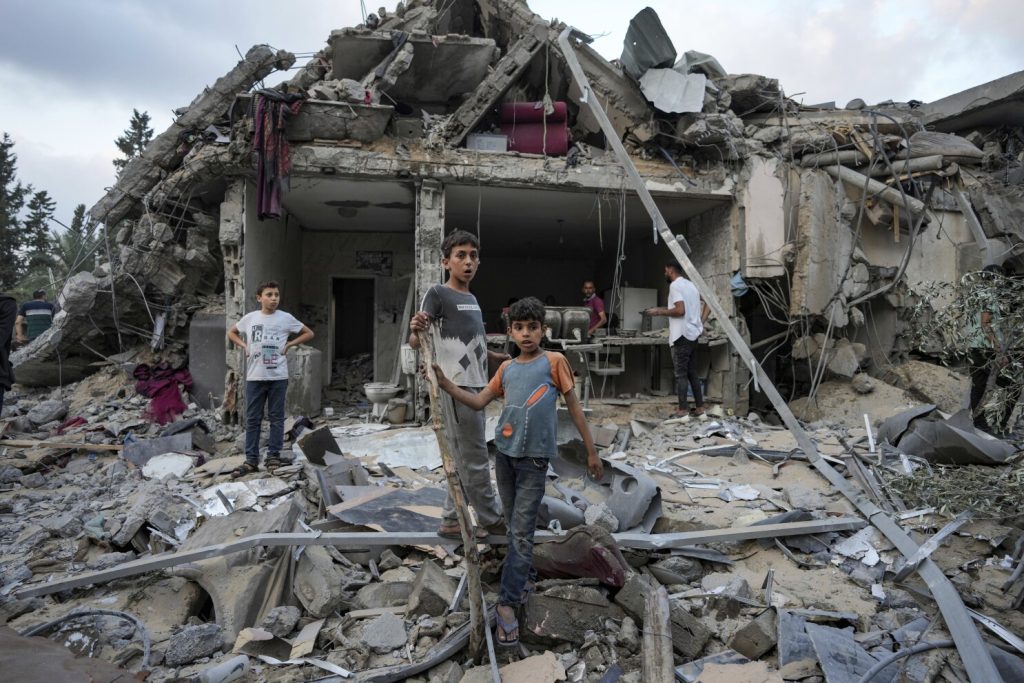The recent Israeli offensive on Gaza has caused widespread devastation, with approximately 436,000 homes—or 92% of residences in the enclave—damaged or destroyed, according to the UN Office for the Coordination of Humanitarian Affairs (OCHA).
This has led to the displacement of 90% of Gaza’s population.
The scale of destruction is unprecedented. The UN estimates that rebuilding Gaza will require $40 billion, with about 37 million tonnes of rubble littering the Strip.
A UN Satellite Centre (UNOSAT) assessment revealed that by December 2024, 69% of Gaza’s buildings—170,812 structures—had been damaged or destroyed.
A separate analysis by American researchers placed the figure even higher, at 172,015 buildings, equating to nearly 60% of all structures.

The destruction extends beyond homes; over 83% of Gaza’s mosques have been damaged or destroyed, and the education sector has suffered immense losses, with schools—many of which served as shelters for the displaced—badly affected. The health system has also been decimated.
Dr Rik Peeperkorn, the World Health Organisation (WHO) representative in Palestine, highlighted the scale of the challenge, stating, “Addressing the massive needs and restoring the health system will be an extremely complex and challenging task, given the scale of destruction, operational complexity, and constraints involved.”
Since the conflict intensified on October 7, 2023, the destruction has been described as the most extensive in modern history, with the health, education, and housing sectors nearly obliterated.


